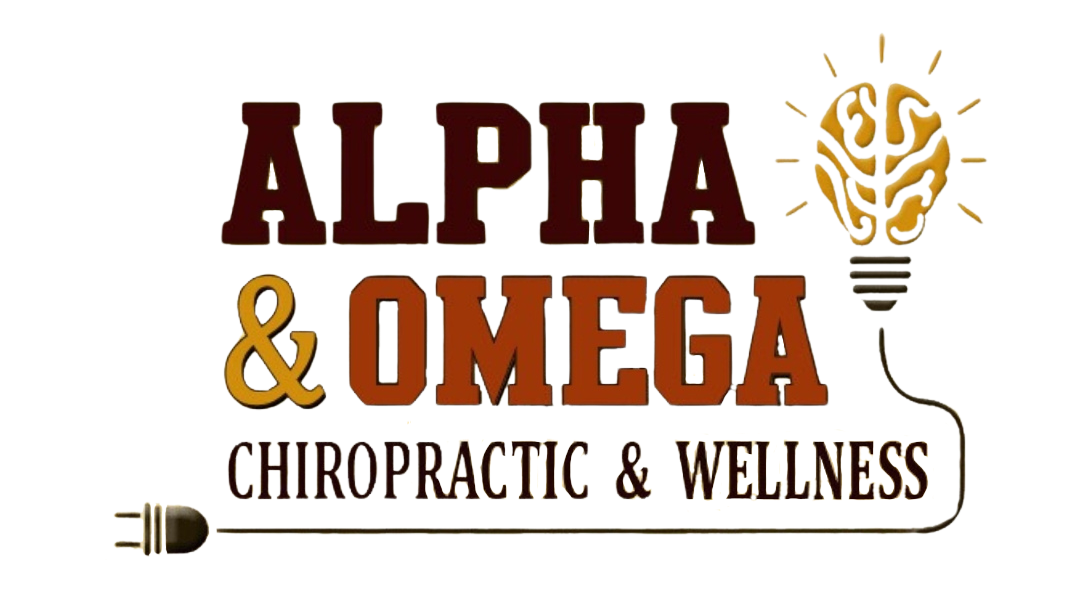Spinal Disease Pt 5
Without movement the disk does not get the nutrition it needs, and begins to suffer from thirst, which allows the disk to crack and bulge, and hunger which eventually shrinks the disk. As the disk shrinks, the ligaments or ropes that connect the bones become loose, and allow abnormal motion, which causes the body to compensate by tightening the supporting spinal muscles. Over time the body lays down bone along the effected disk to stabilize the area and reduce the strain on the muscles. This extra bone reduces the area around the spinal nerves and cord, which in turn creates pressure on the nervous system. All this from a simple lack of proper spinal movement. Today, I want to talk about the shape of the spine, and how its designs creates the perfect platform for healthy disks. If we were to look at a normal spine from the front, we would see that it is straight. However, if we were to look at a normal spine form the side, or a profile view, we would see three distinct curves. The neck portion of the spine would curve forward toward the throat in a circular pattern. The mid-back would curve toward the back and the low back would again curve forward, toward the belly. These three distinct curves help absorb shock as we lift objects and load our spines with weight. Research tells us that to loose the curve in any one area reduces our spinal stability by thirty percent. More importantly, the curves act as a spring as we move. If the normal curves are present, when we stand, walk, jump, or lift, our spine compresses, and then decompresses. This provides the perfect motion to push nutrients in and out of the disk. This is the exact movement the disk needs to stay healthy. Without the proper curves in the spine, the disks are dependent on voluntary movement to maintain disk movement. Let’s face it, it’s hard to make sure each of our spinal disks gets enough movement to be properly nourished every day. How much easier and better if we have the normal curve in our spine to maintain our disks through normal every day movements like walking. The problem is, many times we lose the normal curves through poor posture, and trauma. A whiplash injury, for example, is a common cause of loosing he neck curve. Now curves can be restored through a combination of adjustments, properly applied traction, and adjustments, but it is a slow process. At the heart of spinal disease is disk degeneration, and the core reason for degeneration is lack of movement, which is often secondary to improper position of the spine.

